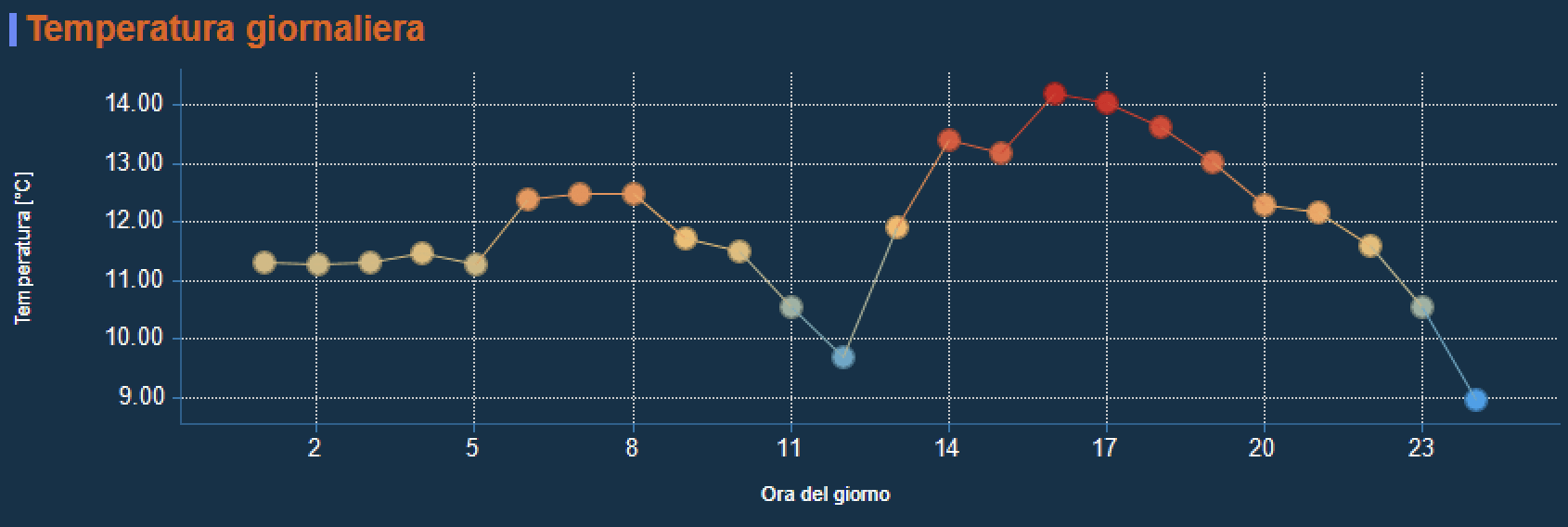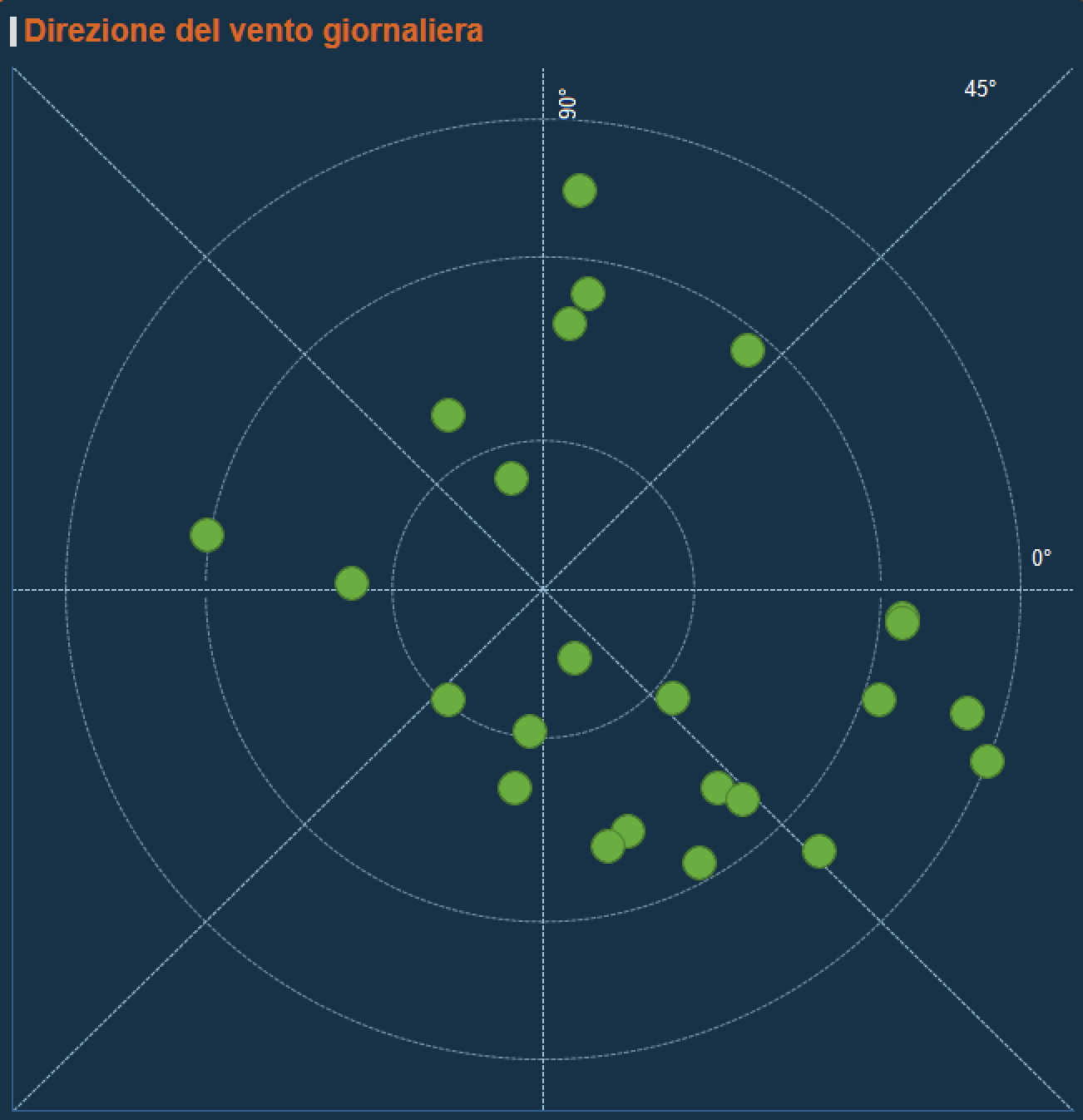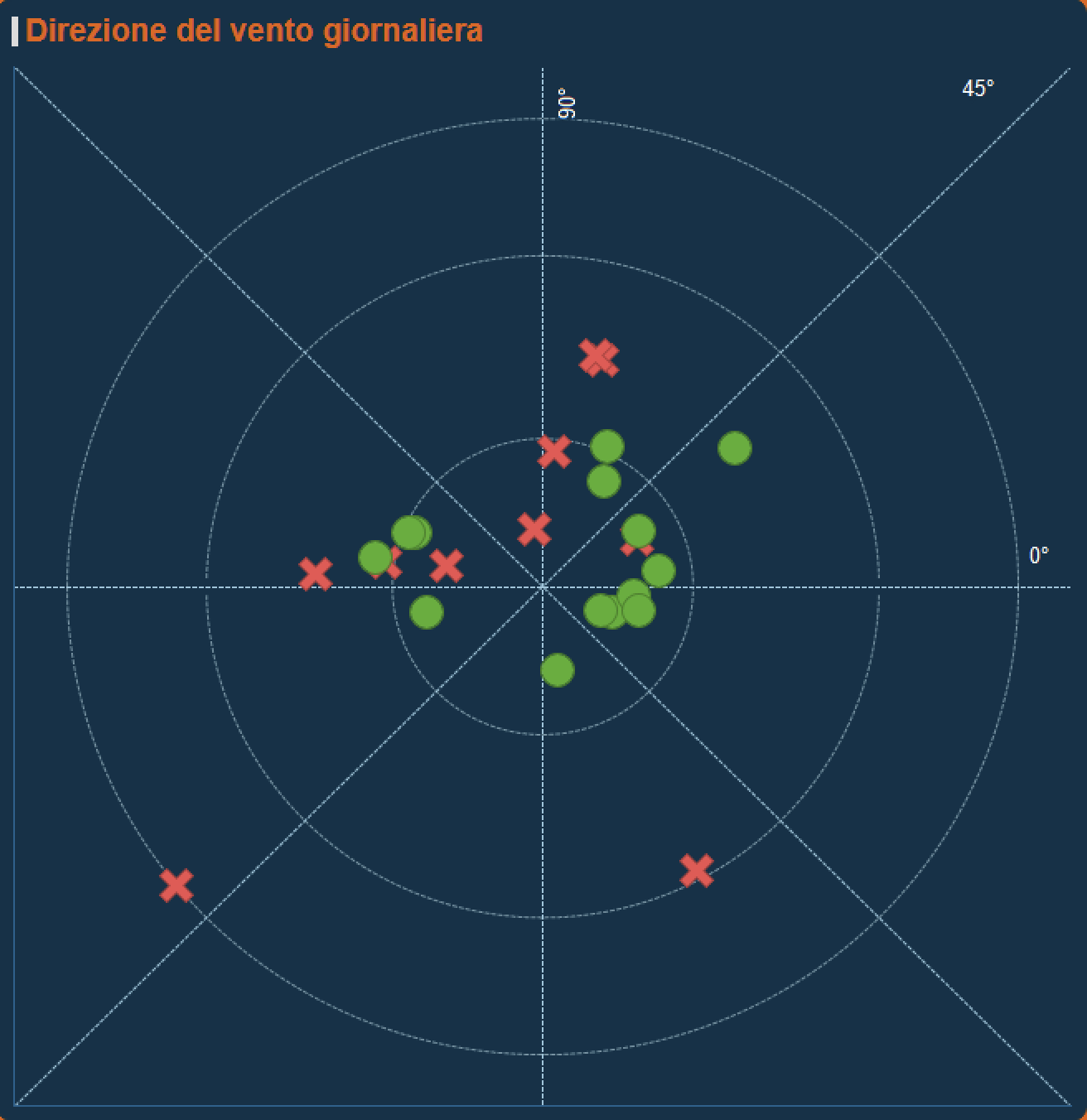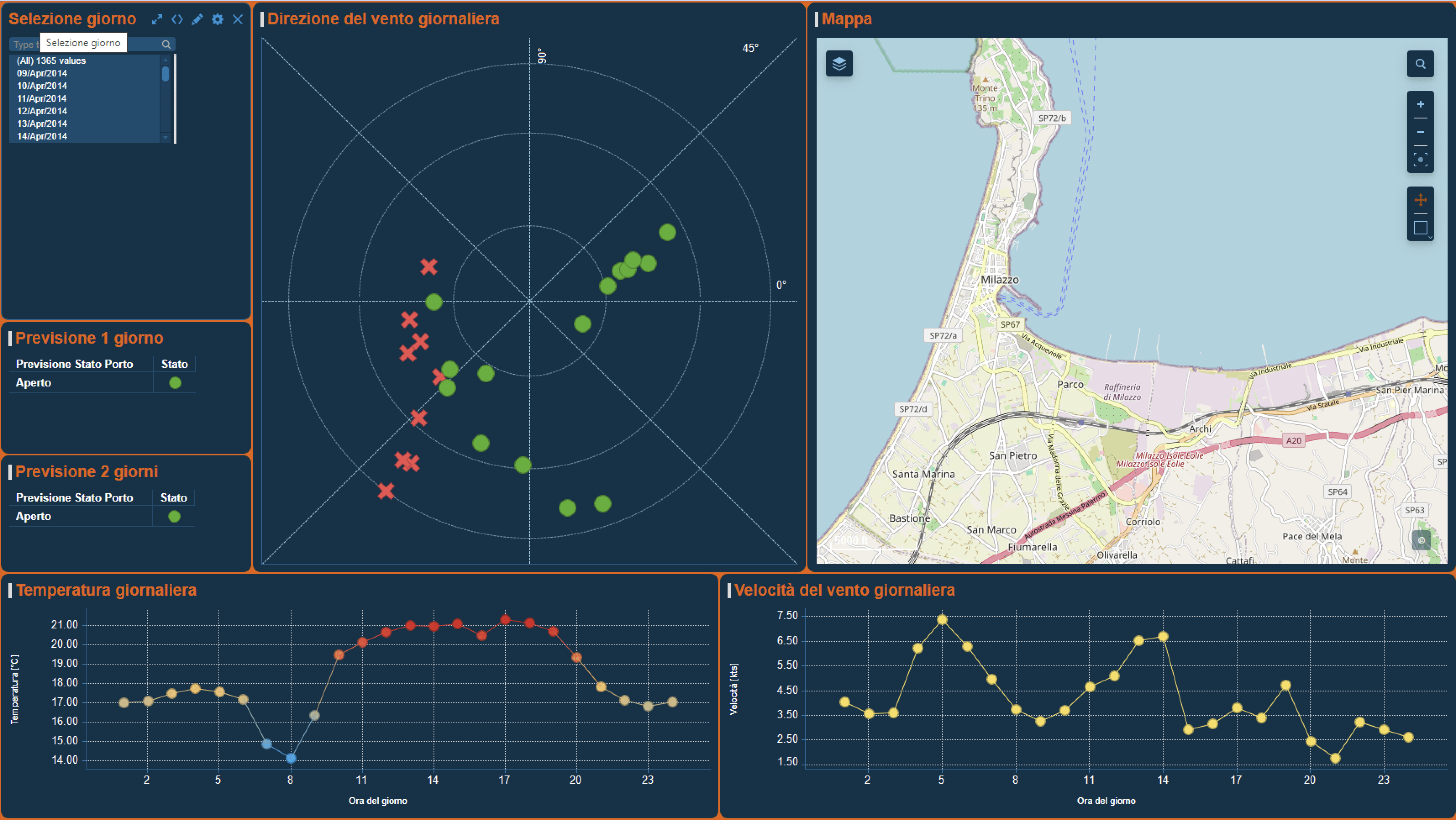Case overview
Port operations play a critical role in facilitating global trade and commerce, serving as vital hubs for the movement of goods and commodities across continents. The project aims to improve port operations by leveraging advanced predictive analytics to forecast the status of ports – whether they are open or closed – with a high degree of accuracy. By integrating historical data on various environmental factors such as temperature, wind strength, and wind direction from previous days, our predictive model provides valuable insights to port authorities, shipping companies, and other stakeholders.
Data Collection


Predictive Modelling
Real Time Updates
Predictive models are continuously updated with the latest weather data to maintain accuracy and relevance. This process involves automated triggers that initiate model reevaluation upon new data availability. Models are dynamically recalibrated, validated against ground truth data, and deployed for user access. User feedback guides ongoing improvements, ensuring our forecasts remain reliable and reflective of current conditions.


User Interface







